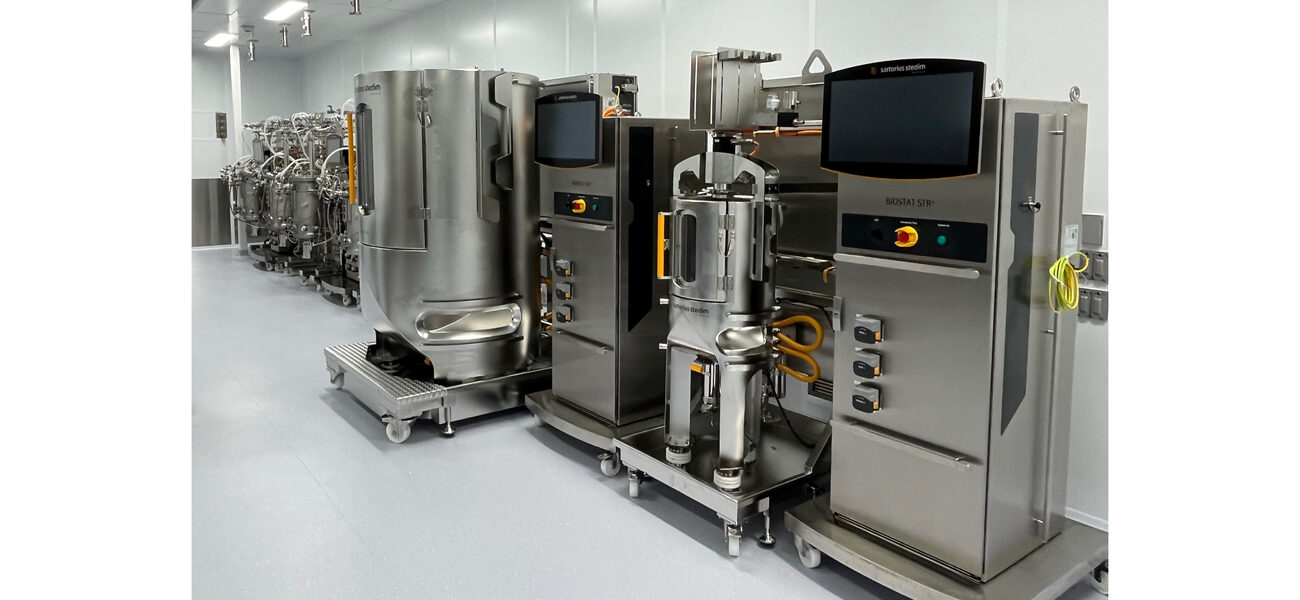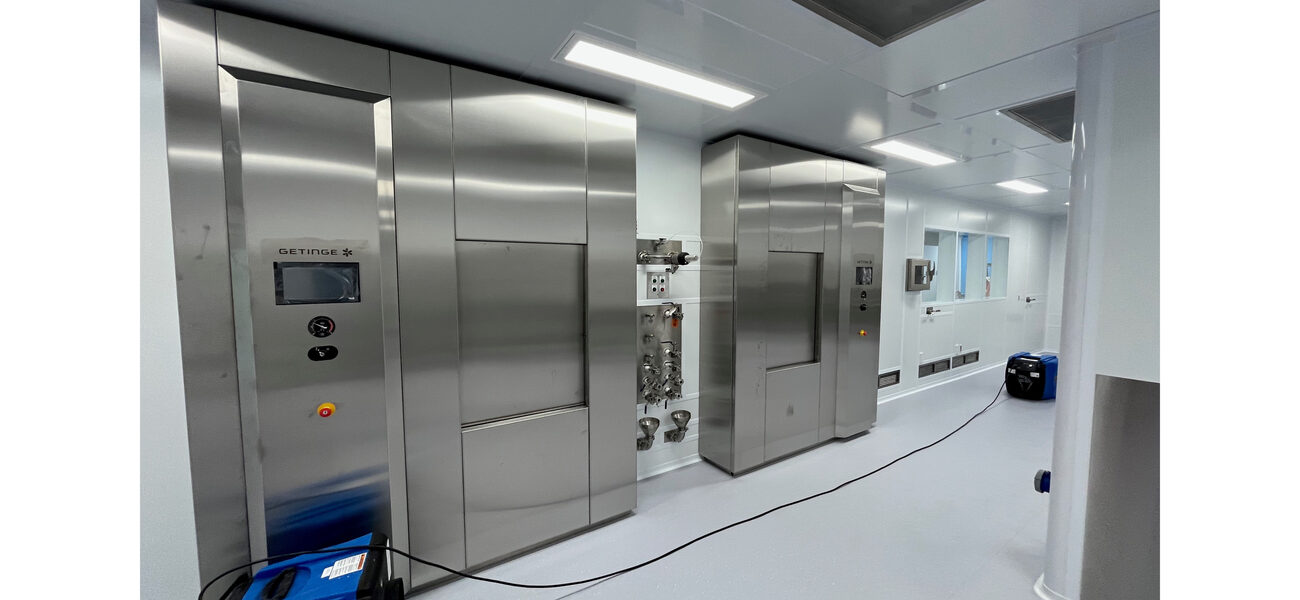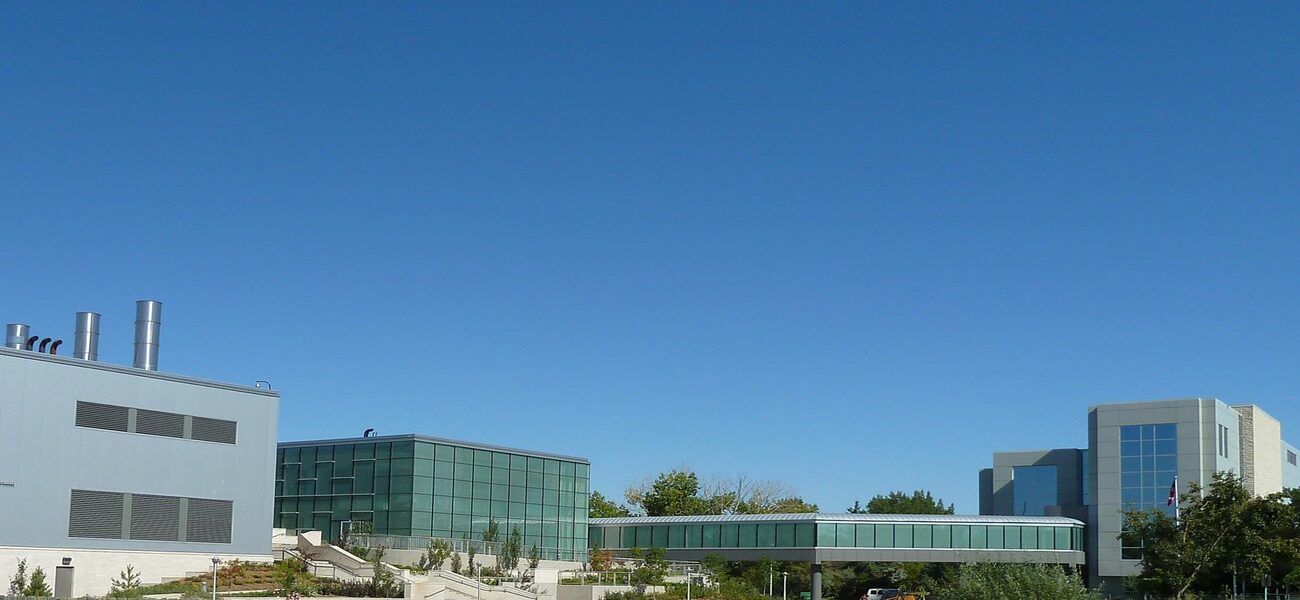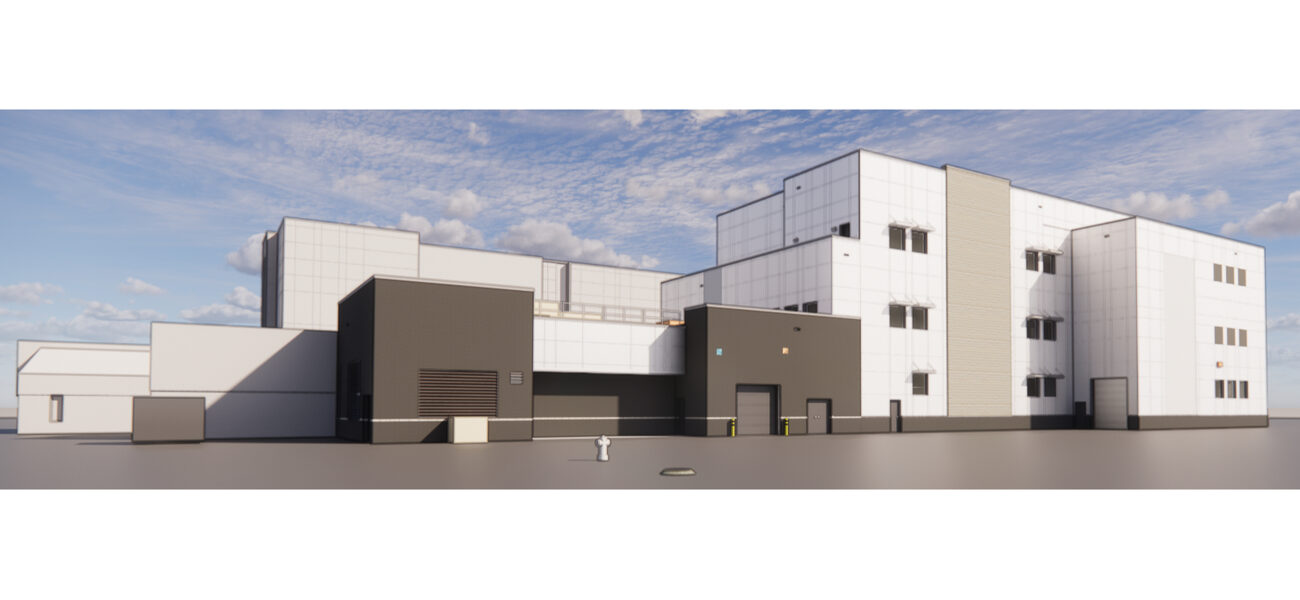The Vaccine and Infectious Disease Organization (VIDO), is becoming Canada’s Centre for Pandemic Research, preparing Canada for emerging health threats by expanding its expertise and infrastructure. This includes opening a new Vaccine Development Centre (VDC) to manufacture vaccines; constructing a new multispecies animal housing facility; enhancing its biosafety containment to the highest level to facilitate research on the most complex pathogens; and using its nearly five decades of success to attract top scientists.
The VIDO team at the University of Saskatchewan embraces a multidisciplinary approach to its research. They have developed eight commercialized vaccines, with six recognized as the first in the world, including the recombinant vaccine for animals and E. coli. VIDO—the only non-government lab in Canada authorized to work with the foreign animal disease African swine fever—specializes in infectious disease research and the development of vaccines and therapeutics for humans and animals.
“By 2025, we will have in vivo and in vitro capability in containment levels 2, 3, and 4,” says Cam Ewart, director of facilities for VIDO. “We will have a Good Manufacturing Practices (GMP)-qualified vaccine development facility with CL-3 (equivalent to BSL-3) capability for both mammalian and bacterial production. We won’t be a human vaccine commercial manufacturer, but we’re going to do a lot of process development work to help advance new vaccines toward commercialization.”
VIDO consists of two interconnected buildings with different operational parameters relevant to the housing, care, and research of large animals and multispecies. The first building, constructed as the original VIDO in the 1970s and expanded in 2003, includes the CL-2 and CL-2Ag (equivalent to BSL-2 and BSL-2Ag) facilities; and the other is the International Vaccine Centre (InterVac) biocontainment building, which houses the CL-3 and CL-3Ag labs.
VIDO features 25 CL-2 and 7 CL-3 labs, 24 CL-2Ag and 18 CL-3Ag animal isolation rooms, necropsy and surgical suites, clinical pathology areas, and a 160-acre off-site research station for studies involving large animals.
The InterVac building, which opened in 2012 as a federally subsidized facility, is referred to as a research “bed and breakfast” because it is accessible not just to researchers in Canada, but also to those from other countries. The research and scientific programs focus primarily on large agricultural animals.
Impact of Pandemic
VIDO’s long history of research experience was instrumental in Canada’s response to the COVID-19 pandemic. In December 2019, before the pandemic started, VIDO was housing the largest and smallest animals in its history. The university closed, and all non-essential research stopped when the pandemic began in March 2020, but VIDO remained open to focus on COVID-19 research.
VIDO’s team collaborated with groups from around the globe, including the Coalition for Epidemic Preparedness Innovations (CEPI) and the World Health Organization (WHO), to better understand COVID-19 and develop and test vaccines and other therapeutics. The team worked seven days a week, sometimes in 16-hour shifts, to become the first in Canada to establish an animal model of the disease, isolate the virus (in collaboration with Sunnybrook Health Sciences Centre and the National Microbiology Laboratory), and the first Canadian university organization to advance a vaccine to clinical trials.
VIDO’s team also supported contract research for external organizations during the pandemic. The organization engaged with more than 200 groups from across Canada and worldwide and tested more than 400 vaccine, antiviral, and therapeutic candidates. One of the tested vaccines is authorized for use internationally, and several others are in clinical trials. The high volume of research exposed the limitations constraining the organization.
“We had to get our vaccine produced for clinical trials,” says Ewart. “In Canada, this was complex due to the decades-long loss of vaccine manufacturing facilities to the point that there was limited large-scale and flexible production capability.”
VIDO leaders tackled these constraints by proposing to federal, provincial, municipal, and private donors that VIDO be designated Canada’s Centre for Pandemic Research. The organization’s experience in conducting research and its past investments in infrastructure made it an obvious epicenter.
“We knew our vision and proposed infrastructure enhancements were not going to help us in the COVID-19 pandemic, but this is not the last pandemic we’re going to be facing,” says Ewart. “It is about establishing a solution for us to be better prepared going forward.”
Expanding the capabilities of VIDO as the Centre for Pandemic Research includes four key components:
- Creating the Vaccine Development Center (VDC), a CL-3 containment level biomanufacturing facility that meets good manufacturing practice requirements
- Building a new animal facility to house a wider range of animals, which will expand capabilities for preclinical research and increase research development capacity
- Adding CL-4 containment level capacity to allow the facility to work with any pathogen
- Attracting skilled new talent to expand the organization’s expertise and provide training opportunities to develop the next generation of scientists
Vaccine Development Centre (VDC)
The VDC, completed in 2022 as an internal renovation to the InterVac building, can manufacture human vaccines and commercial veterinary vaccines for Phase 1 and Phase 2 clinical trials. It features the expertise and process development to take new products from the benchtop to full-scale manufacturing. The center meets all of the government recommendations of qualifying as a GMP facility; accommodating CL-3 research; and being able to switch back and forth between mammalian and bacterial solutions.
Creating the VDC required renovating approximately 8,000 sf on the first and second floors of InterVac at a cost of about $20.6 million ($28 million CAD), or about $998 ($1,352 CAD) per sf. The entry/exit is located in three areas: the inoculation lab where researchers are creating 5- to 10-liter quantities of vaccines; the large production ballroom, where researchers are working up to the 1,000-liter scale; and the component preparation area.
Assuring appropriate cascading air pressures within the VDC required a complex controls strategy where the production airlock acted as an air sink or an air bubble, depending on the operation mode in which the facility was working. The InterVac facility was designed with a high level of mechanical redundancy and air flow capacity within the overall HVAC systems. The VDC has several rooms which require even higher airflow rates than the containment spaces.
“Due to the capacity of InterVac’s operations unit, the systems were able to meet the added demands of the VDC,” says Ewart. “We were required to coordinate our routine HVAC maintenance with the annual shutdown of the VDC.”
The production ballroom houses service panels, each of which can accommodate up to 13 different independent utilities. During pharmaceutical production, separation must be maintained between the house air and clean air; the house steam and clean steam; and the house gases and production gases.
Ewart notes the infrastructure in the VDC is complex due to the many very specialized requirements needed to meet the mandated standards for a CL-3 GMP vaccine production facility. The various pieces of biomanufacturing equipment have up to 15 separate connections to gases, steam, liquid, and waste infrastructure, all of which are installed in the partition wall assemblies and hidden behind cleanroom panels.
“Many of these installations involved unique piping systems for which trade experience did not exist in our region and required travel from other locales during the pandemic,” he explains. “Significant work was required by the design and construction personnel with respect to the coordination of the installations to avoid interference between the various piping systems to ensure that maintainable components were accessible.”
The most challenging aspect of the VDC construction, according to Ewart, was completing the work during the pandemic. Contract workers were brought into the facility while trying to prevent the spread of COVID to the internal staff. Additionally, the infrastructure installations often occurred in rooms or spaces that housed existing infrastructure supporting the containment labs at a time when they were operating at peak capacity.
Second Phase of Strengthening Emergency Preparedness
Construction of a new multispecies CL-2Ag animal housing facility to accommodate a wider variety of animals is scheduled to start this month, with completion expected in 2026. The new building, designed by Stantec, will replace the original CL-2Ag facility, which is dated and cannot accommodate the expanded mandates of VIDO.
The ground floor will house studies with traditional and non-traditional large agricultural animals, while the second floor will support studies of smaller animals, including mice, rats, ferrets, and rabbits; and exotic species such as bats and ticks.
“This animal facility will help to position VIDO as Canada’s Centre for Pandemic Research, a holistic endeavor that harnesses VIDO’s 48-year history in vaccine development, past and new investments in capital infrastructure, and staff augmentation and organizational growth,” says Ewart.
The new multimillion-dollar 45,000-sf facility will be attached to the ground floor of VIDO, but will have its own mechanical and electrical systems, essentially making it freestanding. The facility design has evolved and was successful in reaching spatial efficiencies that resulted in a more compact design.
Providing CL-4 Capability
Approximately 10 percent of VIDO’s existing CL-3Ag animal spaces will be converted to CL-4 containment areas. The new area will feature one lab and three animal rooms, one of which will serve as a necropsy facility for the CL-4Ag area. The conversion includes the installation of an additional tissue digestion unit and the purchase of a gamma cell unit to allow samples from containment to be taken out of containment.
They elected to create a small necropsy facility dedicated to the CL-4 zone, rather than trying to modify the existing CL-3Ag necropsy room, which is considerably larger and would require more HEPA filtration, explains Ewart.
The existing CL-3Ag spaces were built to the physical requirements of the CL-4 as part of the original VIDO capital construction 12 years ago. The conversion cost is slightly more than $11 million ($15 million CAD) to refurbish the infrastructure, but expansion is not necessary.
“We anticipate this capital project will be completed by March 2025, and then we will start the standard containment operations,” says Ewart. “As we will be the only non-government level 4 lab in Canada, we will work closely with our federal regulators in order to assure that our activities are ramped up slowly and that we retain the confidence of the regulatory agencies.”
The final part of enhancing VIDO is showcasing its facilities, resources, and expertise to attract talented researchers. Since 2020, eight new scientists were recruited from around the world to work at VIDO, drawn by VIDO’s reputation and world-class facilities.
By Tracy Carbasho




